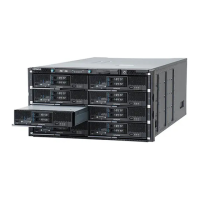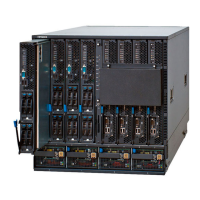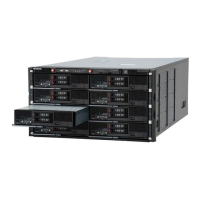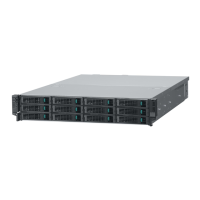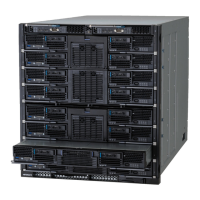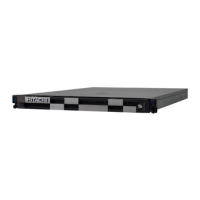Installing the Driver and Utility 5-19
8. Copy the driver file to any directory in the system. In this procedure, the directory /tmp/work/ is made for example.
<< Path to the driver file >>
OS Path to the driver file
RHEL 6 [x86] /rpms/i686/kmod-lpfc-[version].el6.i686.rpm
RHEL 6 [x64] /rpms/x86_64/kmod-lpfc-[version].el6.x86_64.rpm
9. Install the driver with the following command.
# rpm -Uvh [driver file name]
<< Driver file name >>
OS Driver file name
RHEL 6 [x86] kmod-lpfc-[version].el6.i686.rpm
RHEL 6 [x64] kmod-lpfc-[version].el6.x86_64.rpm
10. Confirm the newly installed driver version with the following command.
# modinfo -F version lpfc
11. If the driver version is correct, the installation procedure is complete.
If the driver version is not correct, repeat the procedure from step 4.
12. Update the image of initial boot.
The following procedure must be applied for both FC boot and FC data connection.
Backup the image file. "/boot/initramfs-[current kernel version].img.org" is made for the backup file
in this procedure for example. Execute the following commands.
# cp -a /boot/initramfs-[current kernel version].img /boot/initramfs-[current kernel version].img.org
# dracut -f /boot/initramfs-[current kernel version].img
13. If kdump is configured, execute the following commands
# touch /etc/kdump.conf
# service kdump restart
Stopping kdump: [ OK ]
Detected change(s) the following file(s):
/etc/kdump.conf
Rebuilding /boot/initrd-2.6.32-358.11.1.el6.x86_64kdump.img
Starting kdump: [ OK ]
< When using “Driver & Utility” >
# mkdir /tmp/work
# cp -p /media/[path to the driver file] /tmp/work
# cd /tmp/work
# umount /media
< When using ”Server Installation and Monitoring Tool >
# mkdir /tmp/work
# cp –p /mnt/iso2/[path to the driver file] /tmp/work
# cd /tmp/work
# umount /mnt/iso2
!
Note

